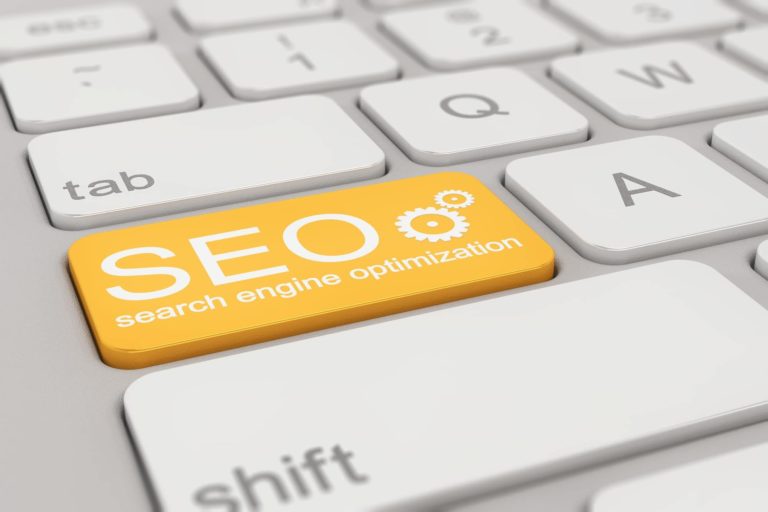Seven Top SEO Trends You Need to Watch now. Google receives 63,000 searches per second. So your website’s page rank is more important than ever with numbers like that. Top SEO trends can help you stay ahead of the curve and rank your site higher.
But what are the latest trends, and how can you use them to help boost your site’s SEO?
Here are seven critical top SEO trends to be aware of this year.
1. Voice Search to Dominate
Over 20% of search queries come from voice searches. It’s hardly a surprising statistic. Voice-activated smart speakers like Amazon Echo and Google Home have been flying off store shelves as people rush to integrate the newest tech into their lives.
Mobile usage is also at an all-time high. Combined with voice-optimized apps like Google Assistant and Siri, voice search is now one of the important SEO trends.
Optimizing your SEO strategy for voice search is no longer a nice to have. It’s practically mandatory. At the very least, you should focus more on long-tail keywords and voice search syntax. Your content, too, should get an overhaul with more emphasis on featured snippets.
2. Featured Rich Snippets
Featured snippets have grown in importance, and that trend isn’t likely to stop. Over 30% of all search queries currently display with a featured rich snippet, and they steal up to 10% of the front page traffic.
Featured rich snippets have quickly gained the same importance as the coveted number 1 search result position.
SEO gurus need to pay extra attention to their featured rich snippets, which means they need to pay more attention to their content structure.
A more significant focus on Q&A or a FAQ for content optimized to provide short, concise answers to long-tail queries is a must. You should also pay more attention to the HTML structure of current forms of content. Semantic HTML formatting ensures Google knows what relevant information to pull for snippets.
3. More Focus on Mobile
Nearly seven years ago, Google announced that desktop searches surpassed mobile. The news caused an extra push for responsive design and a mobile-first SEO strategy.
2018 marked the subsequent significant response to this shift in user behavior. Google ranks its search listings based on the mobile content of websites. Yes, even those listings that show to desktop users.
What does this mean for SEO? Well, for one thing, this move will essentially make non-mobile-ready websites obsolete. Responsive design is no longer something to put off until you have some money left over from that latest Facebook campaign.

- Video and Image Search to Improve
Humans are visual creatures, so it stands to reason we engage more readily with visual content. But unfortunately, search engines have struggled to keep up with our video and image content demands until recent years. This drawback is primarily due to reliance on text metadata and tagging systems to approximate our search content.
But not anymore! Image recognition technology has been steadily catching up to us humans for years and now marks a significant shift in how search engines parse visual data.
The former companies, Moodstocks and Eyefluence, made it their business to build technology that more accurately recognizes visual content in images and videos. And who is the conglomerate that acquired both companies? Google. Top SEO trends now are more focused on visuals.
- AI Will Power More Aspects of Search
RankBrain is an old hat by now. However, Google’s machine-learning AI system has been helping them process search results for over six years, a lifetime in SEO years.
Google built an AI that’s better at building AI than humans are. The results of this development are still known, but the more Google focuses on AI development, the more likely we’re taking our SEO cues from a computer.
AI doesn’t spell massive change for long-term SEO strategies. After all, a machine-learning search algorithm aims to make predictions humans themselves would make. So AI will naturally work with SEO optimization designed for humans.
That said, AI isn’t up to human standards yet. As a result, SEO strategists may have to do a few backflips if search results behave unpredictably while Google irons out the kinks in its machine-learning algorithms.
. Hyperlocal SEO
SEO has been on a steady trajectory toward hyper locality for a few years, but the local marketing practice has taken off this year.
By hyperlocal, I mean targeting customers and presenting search results based on a locale or physical proximity. For example, a point-of-sale store might use SEO to serve specific search results to people on the same block. Or a business might target keywords specific to its physical location.
Hyperlocal marketing is the logical conclusion to our increasingly busy world. It’s a way to make SEO hyper-relevant to local audiences. And with significant mobile use and continued innovation of local SEO technologies, it will surely be the year of hyperlocal SEO practices.
- Optimization for Search Intent
Search Intent has long been one of the critical SEO trends. But as Google learns better to combine historical data, present context, and personalization, search intent becomes easier to interpret.
Google can now make a reasonable assumption on keywords about whether a user intends to buy a product. If the user plans to buy, Google will prioritize e-commerce sites in the search results. Conversely, they’ll prioritize credible media sites if Google wants more information.
What does this mean for SEO? First, it will shift away from generic content optimization. Instead, more contextual, intent-based optimization practices will be more engaged.
Top SEO Trends for a Better Page Rank
Trends may come and go, but that doesn’t make them less relevant for a stellar page rank. On the contrary, considering these seven trends as you plan this year’s SEO strategy will help your website rank above the rest.
Are you looking for SEO experts near me? Check out these five reasons to hire a local SEO expert.







